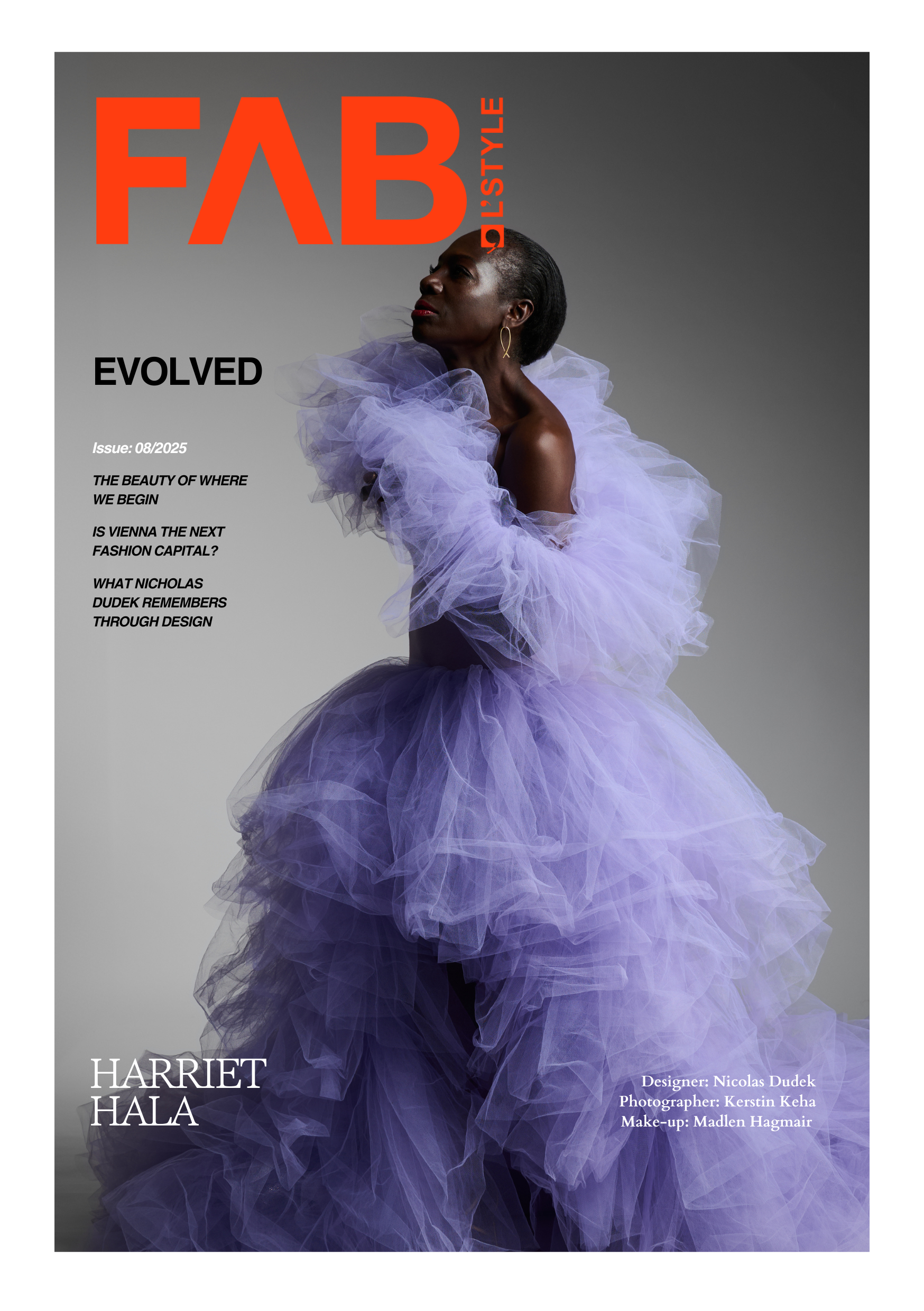Hair breakage can be a distressing issue. Ever had a bad hair day? A bad hair day can be fixed with a huge beanie hat and a quick stop at a salon, but hair breakage takes more care. Losing hair should happen on one’s own terms—a little off the sides or to chop it all off—not an unhealthy and continuous loss. Healthy and properly groomed hair brews confidence. No one wants a dent in their hair growth process. The freedom to be fluid with hairstyles and hair colours is exhilarating. It takes healthy hair to explore options. Understanding why hair breaks and how to manage and prevent it can help you maintain strong, healthy hair and also give you the you the opportunity to wear desired styles.
What’s causing your hair to break
Hair breakage occurs when individual hair strands snap, leading to shorter, uneven hair and often contributing to overall hair thinning. Unlike hair shedding, where hair falls out from the root, breakage involves the hair shaft breaking at some point along its length. Shedding is a natural part of the hair growth cycle, where a person sheds about 50–100 strands of hair daily. Massive hair loss indicates an underlying health condition or a reaction to medication.
Common Causes of Hair Breakage
Over Manipulation
Handle your hair with the utmost care; minimise the pulling and touching to the barest minimum. Excessive or rough brushing can weaken hair strands, causing them to snap. Styles that pull tightly on the hair, such as ponytails, braids, or buns, can cause tension and breakage. It might be advisable to space styling and allow the hair some moments of rest. Frequent use of blow dryers, flat irons, and curling irons can weaken hair, making it more prone to breaking. The hair is fragile; once it snaps, you can’t sew it back.
Chemical Damage
The hair has a natural state. Once you introduce any form of chemical, the hair will be stripped of its natural properties and weakened. Regular colouring or bleaching can strip hair of moisture, making it brittle. Although there are effective repair products that can be used to keep the hair in a healthy state, relaxers, perms, and other treatments can weaken the hair shaft.
Environmental Factors
The hair reacts to extreme weather conditions. UV rays from the sun can damage the hair cuticle, leading to dryness and breakage, while low humidity levels in cold weather can dry out hair.
Health and Nutrition
The hair, as a dead cell leaving the body, reflects the body’s health. A deficiency of essential nutrients, such as proteins, vitamins, and minerals, can weaken hair. Dehydration also affects the hair, making it more brittle. Health issues like thyroid disorders, anaemia, or hormonal imbalances can contribute to hair breakage.
Managing Hair Breakage
Think of the hair as a stick. The goal is to keep the hair in a balanced elastic state—not too dry that it snaps and breaks, not overloaded with moisture that it becomes weak and breaks. Also, either way, excessive manipulation, pulling, or no regard for the hair’s fragility will result in breakage.
- Always use a wide-tooth comb to gently detangle the hair. Handle each strand with care. Opt for loose styles that won’t strain the hair. Reduce the frequency of brushing, styling, and handling your hair.
- Use heat styling tools sparingly to avoid heat damage, and always apply a heat protectant.
- To balance the hair’s moisture, use deep conditioning treatments regularly to restore moisture. Do not leave your hair dry; apply leave-in conditioners and moisturisers. Keep the quantity in check to avoid moisture overload.
- Strengthen your hair by incorporating protein treatments into your routine, especially after chemical treatments. It helps to restore lost nutrients and strengthen the hair strands.
- Natural oils like coconut, argan, and jojoba oil can nourish and strengthen hair by adding an extra layer of protection.
- Adopt a healthy and balanced diet. Your diet should include plenty of proteins, vitamins (especially A, C, and E), and minerals (like iron and zinc).
- Drink plenty of water to keep your hair and scalp hydrated.
- Wear hats or scarves to protect your hair from cold, dry air.
- Trim off the damaged ends. Trims can prevent split ends from progressing and causing further breakage.
Choose shampoos and conditioners suitable for your hair type and free of harsh chemicals. Stay up to date on the latest in fashion, arts, beauty, and lifestyle by following FAB L’Style Magazine.
More Like This:
Ditch Dull Skin: Expert Consultation Tips for a Radiant Complexion!
Hair Trends for 2024: Colours, Cuts, and Styles to Rock This New Year!






